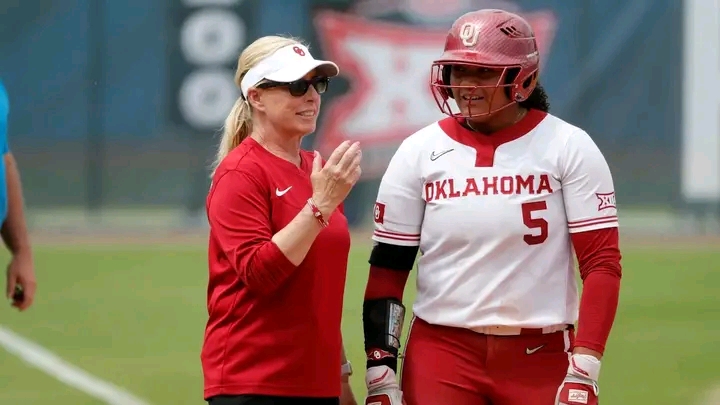SAD News oo my God…..
al response to sad news is often one of disbelief. Our brains may struggle to comprehend what is happening, and in that first moment, we may freeze. The sadness may not immediately register, as it takes time for our emotions to catch up to reality. Our instinct might be to deny the situation, to look for signs that the news is somehow untrue. The emotional detachment we experience is, in many ways, a protective mechanism. It’s as though the brain isn’t ready to process the weight of the news, and so it holds us at arm’s length.
This period of shock is a crucial time for self-care, as it’s often when we are most vulnerable to being overwhelmed. Our physical bodies may react with fatigue, anxiety, or restlessness. It’s not uncommon for people to feel as though they are in a daze during this time, trying to make sense of what has happened.
### The Grief Process
Once the initial shock has passed, the reality of sad news begins to sink in, often leading to feelings of deep sorrow. Grief, however, is not a linear process. It doesn’t follow a set pattern and can manifest in various forms. Sometimes, the pain is sharp and immediate, like a wound that refuses to heal. Other times, it may creep up slowly, with sadness creeping in at unexpected moments.
Grief can be expressed in many different ways. For some, it takes the form of tears—an outward sign of the inner turmoil they are experiencing. For others, it may be a quieter kind of grief, where they withdraw inwardly, needing solitude to process their feelings. There are also those who channel their sadness into action, helping others or seeking to make a positive change in the world as a way of coping with their loss.
It’s also important to remember that grief is not confined to personal loss. When tragedy strikes on a larger scale—whether it’s a national catastrophe, a global crisis, or a community tragedy—it can evoke a collective sadness. We may feel as though the world is an unsafe place, and that sadness can spread far beyond our own individual experience.
### Finding Support
One of the most crucial elements in coping with sad news is finding support. This support can come in various forms, from family and friends to professional counselors. It’s important to lean on those who care for us, allowing them to comfort us in our darkest moments. Human beings are social creatures, and sharing our grief with others can be a vital part of the healing process.
Talking about what has happened is an essential step in processing grief. Verbalizing emotions helps us to make sense of them and allows others to share in our sorrow. This shared experience of pain can bring people closer, creating bonds that are stronger than before. Sometimes, though, we may feel like we’re burdening others with our sadness. It’s crucial to remember that expressing our emotions is not a sign of weakness but a healthy way to cope.
In some cases, professional help may be needed. Therapists or counselors are trained to guide people through grief and help them navigate their emotions in a way that is constructive and healing. They offer a safe space to explore feelings and help develop coping strategies.
### The Role of Time in Healing
Time is often seen as the ultimate healer. While the pain of sad news never completely goes away, it may diminish as time passes. The sharpness of grief softens, and we may find ourselves able to remember the happier moments, to smile again, and to move forward with our lives. That doesn’t mean we forget or that the sadness disappears—it simply means we learn to live with it.
The passage of time also brings perspective. As we experience grief, we often gain a deeper understanding of our own resilience. The things that once seemed important may fade into the background, and we may develop a greater appreciation for the fleeting nature of life. This transformation can be painful but also deeply meaningful, as it changes us in profound ways.
For some, grief may evolve into a kind of quiet acceptance. They may still miss the person or experience they’ve lost, but they come to terms with the fact that loss is a part of life. The sadness doesn’t necessarily go away, but it no longer controls their existence. They learn to live with the absence, finding new ways to honor and remember what has been lost.
### Moving Forward
Sad news leaves its mark on us, and while we may never fully be the same after hearing it, we learn to adjust. Our relationships change, our priorities shift, and our worldview may expand. The pain, in many ways, becomes a part of who we are. And although it’s impossible to fully erase the sadness, we can choose to find meaning in it.
In times of sorrow, it’s important to remember that grief is not something to overcome but something to live through. It’s part of the human condition, and in that way, it connects us to others who have faced similar hardships. Through the shared experience of pain, we find compassion, empathy, and a deeper understanding of what it means to be human.
While we may not be able to undo or escape the sadness that comes with tragic news, we can honor it by living our lives in a way that acknowledges the importance of what was lost. Moving forward doesn’t mean forgetting—it means carrying the lessons, the love, and the memories that have shaped us.
### Conclusion
The impact of sad news on our lives can be profound. It challenges us, changes us, and often leaves us questioning the nature of our existence. But as we journey through the complex emotional landscape of grief, we find that healing is possible. Time, support, and self-compassion allow us to navigate the pain, and while we may never fully recover from the loss, we learn to carry it with us. In doing so, we emerge stronger, more resilient, and more connected to the human experience of love and loss.
If you’d like me to adjust the essay or add more personal touches, let me know.



